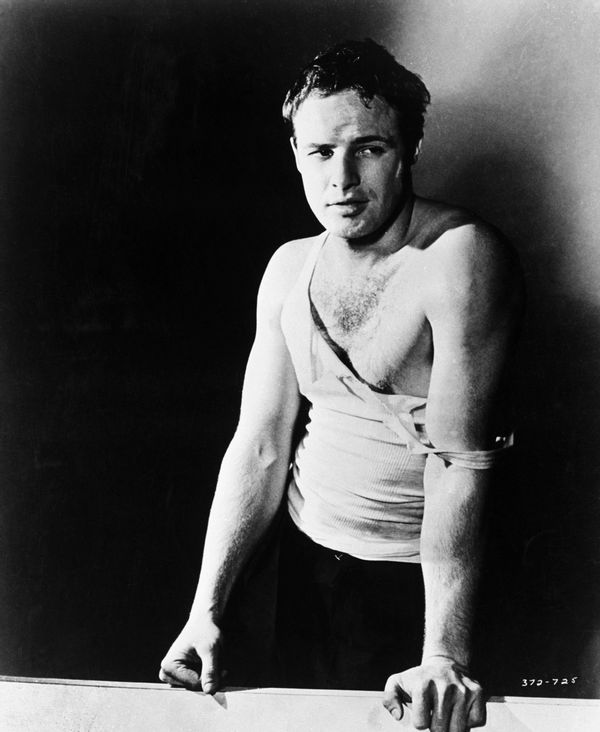

The Evolution Of The "Wife-Beater" Tank Top: A Cultural Exploration
The names we assign to clothing often reflect deeper cultural narratives. Take the white tank top, for instance. While in the UK it is known as a "vest," in many parts of the world, it is referred to as a "singlet." In the United States, however, this simple, white, sleeveless undershirt has acquired a more controversial moniker: the “wife-beater.” This article explores how this term came to be and the cultural implications behind it.
In 1935, Cooper’s, Inc., a sock and underwear company later known as Jockey, revolutionized men's undergarments by introducing a new style that focused on support without the leg sections typical of the 1800s. They called this new design the "jockey brief," and it quickly became popular, transforming men's underwear standards. To complement these briefs, Cooper’s launched a white tank top made from ribbed cotton, named the "A-shirt," which stood for “athletic shirt.” This shirt became a staple of the American man’s wardrobe, particularly as an undergarment.
The cultural perception of the A-shirt shifted dramatically in 1951 when Marlon Brando wore it in the film adaptation of “A Streetcar Named Desire.” Costume designer Lucinda Ballard aimed to depict Brando's character, Stanley Kowalski, as raw and animalistic, which was achieved by pairing the tank top with jeans. This combination was pivotal in altering the shirt's image, leading to its eventual association with a rougher masculinity.
 ( Getty Images)
( Getty Images)
Brando’s portrayal cemented the tank top's connection to masculinity, leading to its use by various actors in iconic films to signify working-class backgrounds or criminal elements. By the late 1970s, the term “wife-beater” began to emerge in popular culture, likely influenced by Brando's memorable performance. The earliest documented reference appeared in a 1979 article in the San Francisco Examiner, which described a young man wearing a “wife-beater undershirt.”
Throughout the 1980s, the garment evolved into a crucial part of queer fashion, celebrated for its sexualized appearance. The 2001 New York Times noted that queer communities were early adopters of the term “wife-beater,” although the timeline of its usage remains unclear. By the late 1990s, teenagers began to use the term ironically, often mocking the stereotype associated with the shirt's typical wearer.
However, the term's origin came under scrutiny in the mid-2010s. In 2005, writer Paul Davidson fabricated two origin stories for his satire blog, one involving a fictional knight’s armor called a “waif-beater” and another about a Detroit man in a singlet after committing murder. Davidson later admitted these stories were false; nonetheless, they still circulate as facts.
Today, the term “wife-beater” faces potential obsolescence, driven by changing cultural sentiments. On platforms like TikTok, users have begun to replace it with more palatable phrases, such as "wife-pleaser." Cultural commentator Daniel Cole suggests that using “singlet” is more appropriate, as "wife-beater" carries derogatory and heteronormative implications.
What You Will Learn
- The historical context of the term “wife-beater” and its cultural implications.
- How Marlon Brando's role in "A Streetcar Named Desire" affected perceptions of the A-shirt.
- The evolution of the tank top's association with masculinity and working-class identity.
- The impact of irony and cultural shifts on the term's usage in contemporary society.
Understanding Project 2025: The Military Exam Requirement For High School Students
Walmart And Aldi's "Trump-era" Pricing For Thanksgiving 2024: What You Need To Know
The Truth Behind The Gap's Name: More Than Just An Acronym



